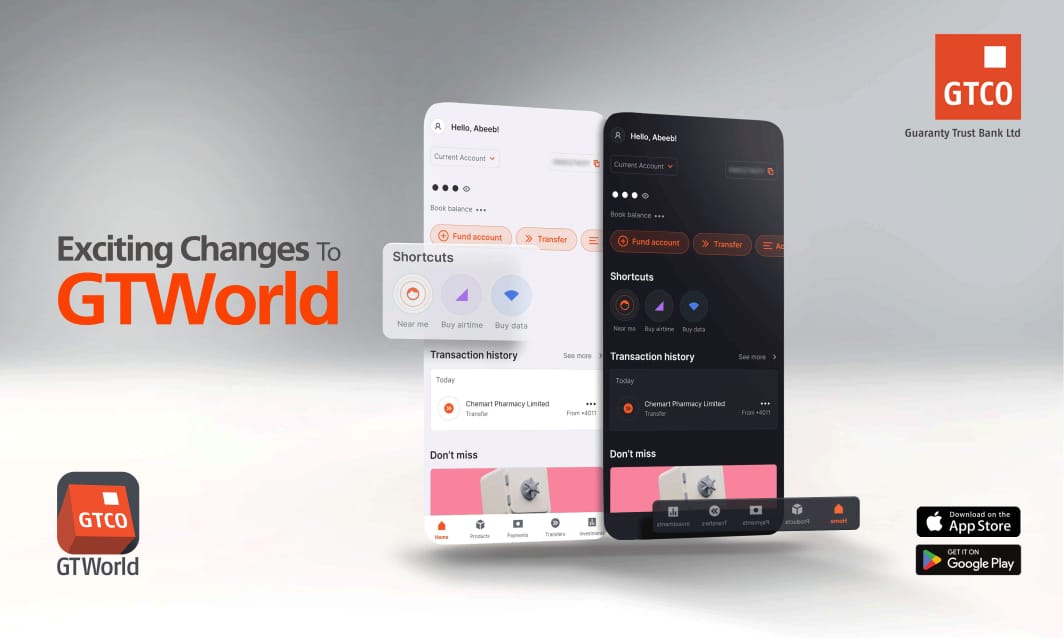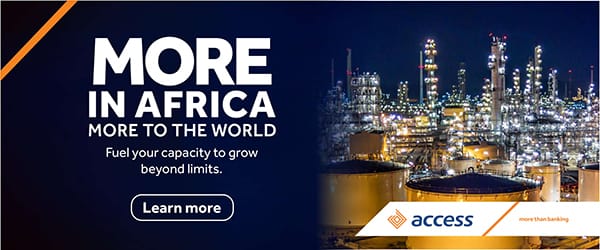Nigeria’s External Reserves Running Out despite 40% Gains in Oil

Godwin Emefiele, CBN Governor
Nigeria’s External Reserves Running Out despite 40% Gains in Oil
Concerns mount as Nigeria’s external reserves continues free-falling despite more than a 40% increase in Brent price in the first half of 2021, which means revenue increased at the same level.
Prices of oil of various grades have been on the ascendancy for the most part of the year but Nigeria’s external reserves remained low after sustaining month on month decline since the beginning of the year.
This raises a question mark about revenue generation capability from Nigeria’s crude in recent time and worst still is the impact on CBN ability to support the local currency.
Low accretion into external reserves, according to analysts, would likely weaken monetary policy authority stance to defend the local currency in the foreign exchange market. Which could lead to another round of devaluation, a situation that appears worrisome to policy authority.
In the last five years, Naira has depreciated from N197 a dollar in 2015 to as high as N410 following the unification of the Central Bank’s official and autonomous exchange rate.
Godwin Emefiele, CBN Governor
Weak naira, steep inflation and unemployment rates combine have widened misery index as pressure mount on middle-class economy.
Policy analysts said insecurity has added pressure to macroeconomic indicators as foreign investors see the Nigerian economy as unattractive.
This and pandemic-induced economic stress have impacted individuals and corporates in large numbers as average prices surge.
From $35.647 billion at the beginning of 2021, Nigeria’s foreign reserves tumbled as it printed at $33.592 billion due to declining foreign currency inflow into the nation’s wallets. Nigeria’s economic performance is often linked to the global prices of oil.
Crude oil, the nation’s main source of earnings has gained more than 40% in the first half. Stronger demand amidst tighter supply keeps crude oil price moving towards $80 a barrel as predicted by Goldman Sachs analysts.
On Thursday, Brent price rises above $75 a barrel.
In its gross domestic report for the first quarter of 2021, the National Bureau of Statistics hinted that Nigeria recorded 1.72 million barrel a day as average oil production volume. Already, Nigeria’s oil grades are trading far ahead of $40 a barrel used to prepare budget for the fiscal year 2021.
Brent futures have rallied over 40% in 2021, boosted by output curbs led by the Organization of the Petroleum Exporting Countries and its allies, and with the hopes of recovering demand.
Oil and gas analysts notes indicate that a lack of or limited arbitrage opportunities to send crude from the Atlantic Basin to Asia, and from the United States to Europe, also helped drive up crude values, meaning each region is effectively trading its own supply.
The physical crude rally is being reflected in strengthening time spreads in Brent futures. The six-month Brent spread has widened to more than $4 a barrel, the most since March, suggesting strong demand for prompt supply.
Due to quality, one of Nigeria’s biggest crudes, Qua Iboe, is worth a premium of $1 a barrel over dated Brent crude, the highest in about a year. Demand for Nigeria’s grade in European countries remains unmet, according to detail West Africa crude oil differential and outright prices.
In its latest macroeconomic report, Vetiva Limited said that given the huge dependence on oil revenues, the fiscal sector witnessed a more severe blow from the pandemic in 2020.
The investment firm said this led to a restatement of budget estimates and a downward revision in the budget benchmark oil price. Notwithstanding the pressures from the pandemic, the Federal Government kept to its commitment of early presentation of the appropriation bill.
For the third year running, Vetiva stated that the budget was passed into law on time in 2021, alongside the passage of the Finance Act 2020. Analysts noted that the ₦13.6 trillion budget $35.9 billion would be the largest proposed government spend on record.
“In 2020, ₦76 out of every ₦100 generated in revenues was spent on recurrent line items, most of which was gulped by personnel costs. This left barely 19% to the much-needed capital expenditure, which could have greater multiplier effects on the economy”, Vetiva noted.
The firm said given the limited revenue-generating avenues, the proposed deficit of ₦5.6 trillion is also the largest on record, surpassing the proposed budget outlays in 2015. Thus, the sustained rise in deficit levels has led to the consistent breach of regulatory limits (deficit
In its views, Vetiva Capital said within the last decade, Nigeria’s growth trajectory has been lopsided between the high-growth era of 2010 – 2014, which was propelled by higher oil prices, and a stable FX environment; and a low-growth era of 2015-2020, marred by two recessions, no thanks to commodity price shocks and a global pandemic.
The report stated that growth post-2014 has been non-inclusive, as GDP per capita has been on a free fall. The pandemic worsened the situation, sinking living standards to levels last seen in the 1980s.
“Amid the free fall in per-capita income levels, Nigeria overtook India as the poverty capital of the world in 2018 with over 80 million Nigerians classified as poor. In 2019, the Federal Government made a commitment to lift 100 million Nigerians out of poverty within a decade.
“This feat led to the development of the Nigeria Poverty Reduction with Growth Strategy by the Presidential Economic Advisory Council (PEAC)”, Vetiva noted. The strategy targets an annual GDP growth rate of 2.3% – 4.4% between 2019 and 2024, and 6% between 2025 and 2030.
In addition, FG expects annual average poverty reduction of 11.2 million people with 80% self-employed and 20% in wage-paying jobs with plan to narrowing of regional poverty and providing an exit route for the extremely poor by 2023
“While Nigeria has had several economic policies in the past with the Economic Recovery and Growth Plan (ERGP) and the Economic Sustainability Plan (ESP) being the most recent, the NPRGS was quite comprehensive, detailing not only the objectives and required policies, but also the cost and manner of financing the strategy”, Vetiva said in the report.
According to the PEAC, the strategy requires $1.6 trillion, which translates into an annual spend of $161 billion spanning 2021 through 2031.
Nigeria’s External Reserves Running Out despite 40% Gains in Oil












